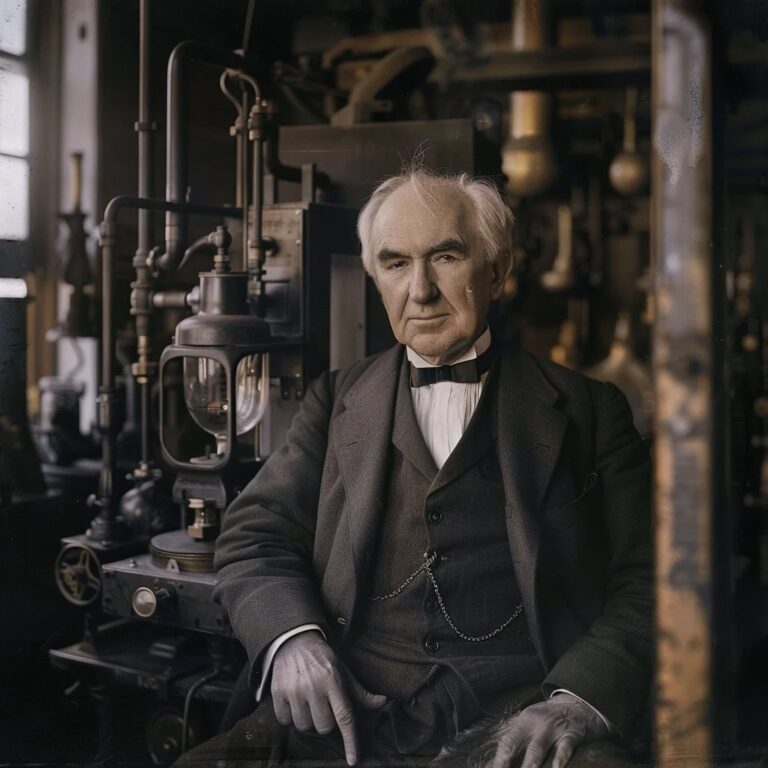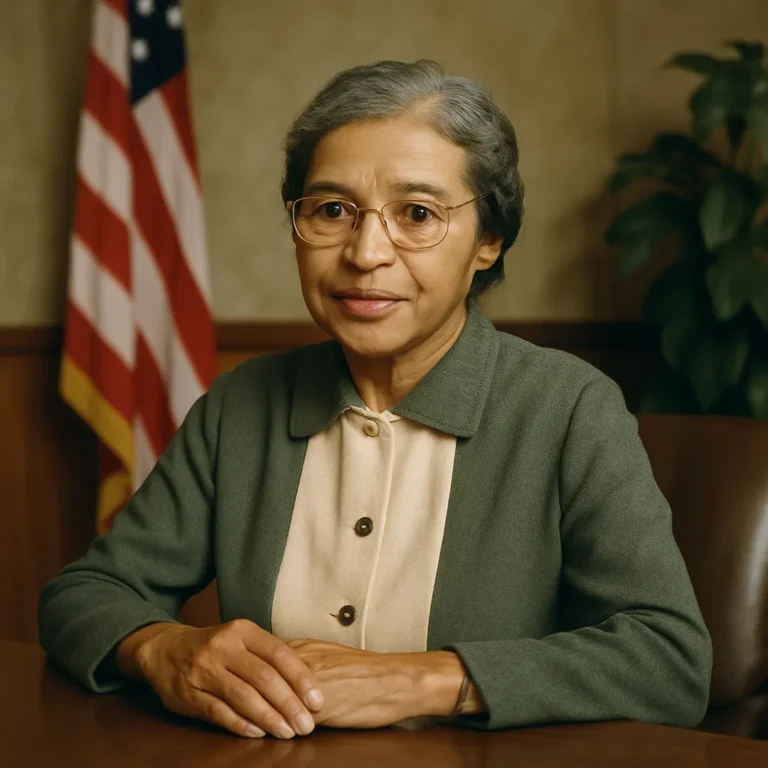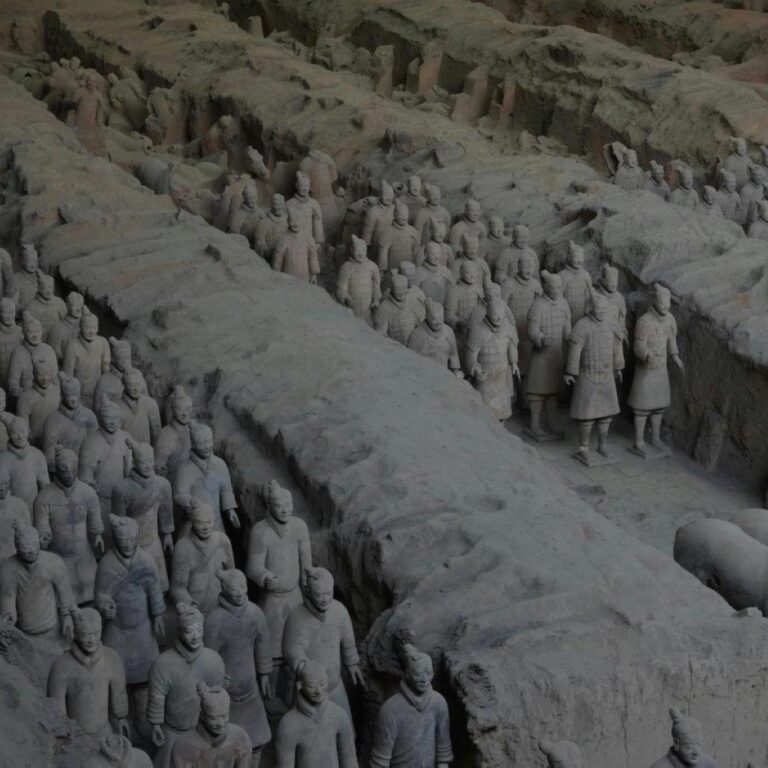Thomas Edison was born on February 11, 1847, in Milan, Ohio.
He held over 1,000 patents for his inventions.
Edison invented the phonograph in 1877, which was the first device to record and reproduce sound.
He improved the design of the electric light bulb, making it practical for home use.
Edison established the first industrial research laboratory at Menlo Park, New Jersey.
He developed the motion picture camera and helped create the motion picture industry.
Edison was partially deaf, a condition that began in childhood.
He founded General Electric, one of the largest companies in the world.
Edison's famous quote is 'Genius is one percent inspiration and ninety-nine percent perspiration.'
He worked with Nikola Tesla for a brief period before they had a falling out.
Edison also invented the electric pen, an early version of the mimeograph machine.
He created the first power station, which supplied electricity to parts of New York City.
Edison was known for his tireless work ethic and often worked long hours in his laboratory.
He developed the first commercially viable fluoroscope, a type of X-ray machine.
Thomas Edison passed away on October 18, 1931, at his home in West Orange, New Jersey.



